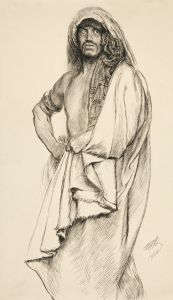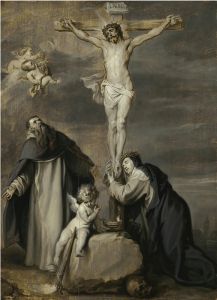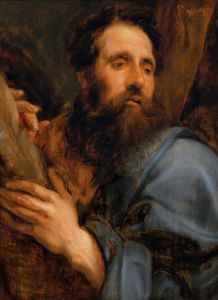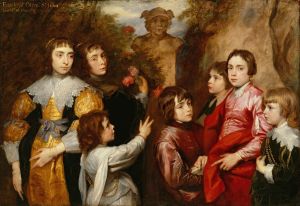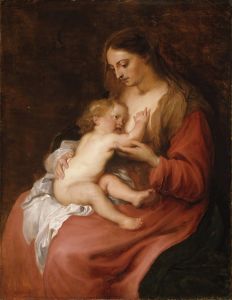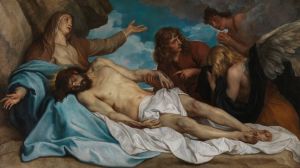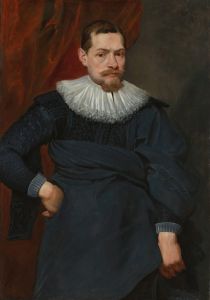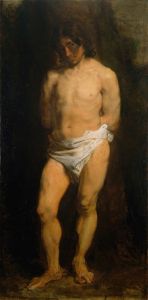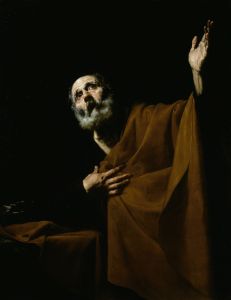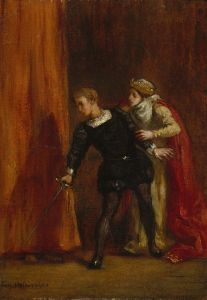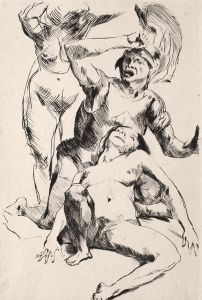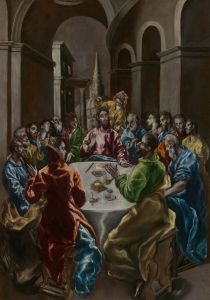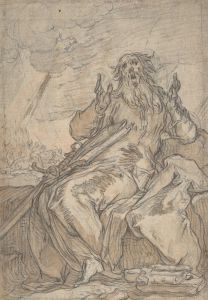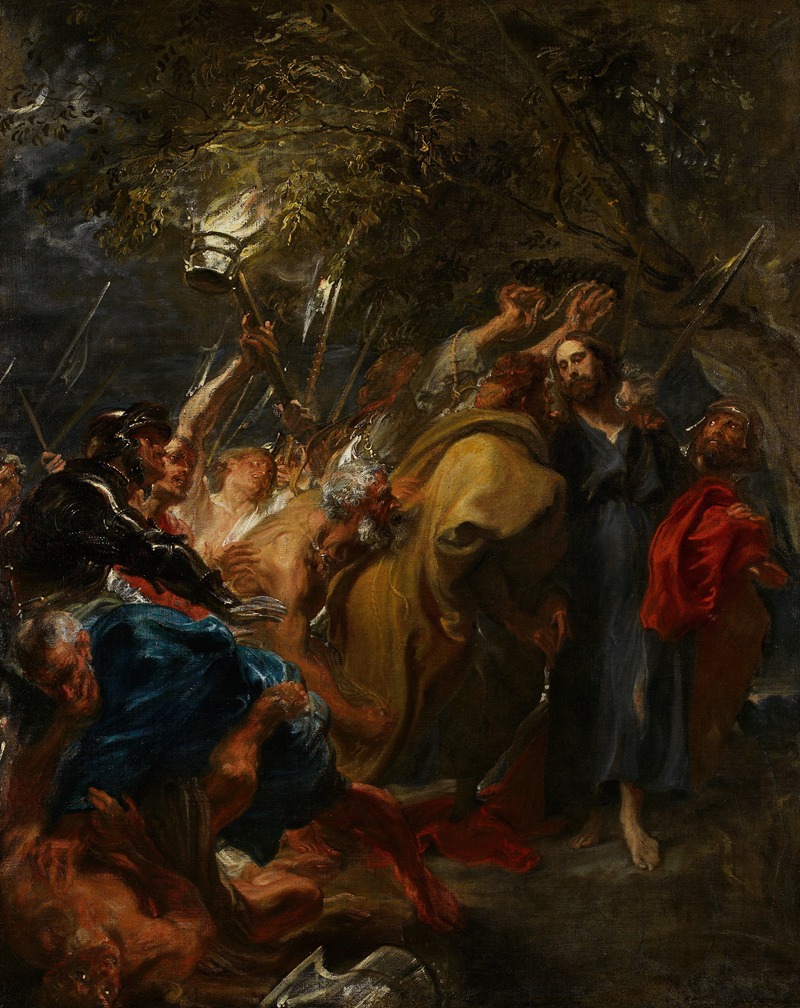
The Betrayal of Christ
A hand-painted replica of Anthony van Dyck’s masterpiece The Betrayal of Christ, meticulously crafted by professional artists to capture the true essence of the original. Each piece is created with museum-quality canvas and rare mineral pigments, carefully painted by experienced artists with delicate brushstrokes and rich, layered colors to perfectly recreate the texture of the original artwork. Unlike machine-printed reproductions, this hand-painted version brings the painting to life, infused with the artist’s emotions and skill in every stroke. Whether for personal collection or home decoration, it instantly elevates the artistic atmosphere of any space.
"The Betrayal of Christ" is a painting by the renowned Flemish Baroque artist Anthony van Dyck. Created in the early 17th century, this work is a vivid representation of the biblical scene of Judas Iscariot betraying Jesus Christ, a moment that is pivotal in the Christian narrative of the Passion of Christ. Van Dyck, who was a prominent figure in the Baroque movement, is known for his dramatic use of color and light, as well as his ability to convey intense emotion through his compositions.
Anthony van Dyck was born in Antwerp in 1599 and became a leading artist of his time, known for his portraits and religious works. He was a student of Peter Paul Rubens, another giant of Baroque art, and his influence is evident in van Dyck's dynamic compositions and rich color palette. Van Dyck's career took him across Europe, where he worked in Italy, England, and the Spanish Netherlands, gaining fame and patronage from nobility and royalty.
"The Betrayal of Christ" captures the moment in the Garden of Gethsemane when Judas identifies Jesus to the Roman soldiers by giving him a kiss, an act that leads to Jesus' arrest and subsequent crucifixion. This scene is a common subject in Christian art, as it marks the beginning of the Passion, a series of events leading to the crucifixion and resurrection of Jesus. Van Dyck's interpretation of this scene is notable for its emotional intensity and the dramatic interplay of light and shadow, a hallmark of Baroque art.
In the painting, van Dyck employs chiaroscuro, a technique that uses strong contrasts between light and dark to create a sense of volume and three-dimensionality. This technique enhances the drama of the scene, drawing the viewer's attention to the central figures of Jesus and Judas. The expressions and gestures of the figures are meticulously rendered, conveying a sense of tension and betrayal. The use of light not only highlights the central action but also adds a spiritual dimension to the work, symbolizing the divine presence of Christ amidst the chaos.
Van Dyck's ability to capture human emotion and his mastery of composition are evident in this work. The figures are arranged in a dynamic yet balanced manner, with the chaos of the arresting soldiers contrasting with the calm and resigned demeanor of Christ. This juxtaposition underscores the theme of betrayal and sacrifice, central to the narrative.
"The Betrayal of Christ" is housed in various collections, with different versions and studies attributed to van Dyck. His works have been widely studied and admired for their technical brilliance and emotional depth. Van Dyck's influence on portraiture and religious art is significant, and his works continue to be celebrated for their contribution to the Baroque movement.
In summary, Anthony van Dyck's "The Betrayal of Christ" is a masterful depiction of a key moment in Christian theology, rendered with the emotional intensity and technical skill characteristic of Baroque art. Through his use of light, composition, and expressive figures, van Dyck brings to life the drama and significance of this biblical event.





